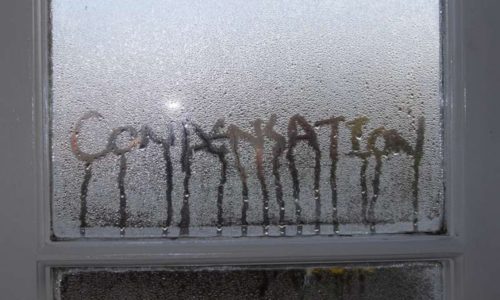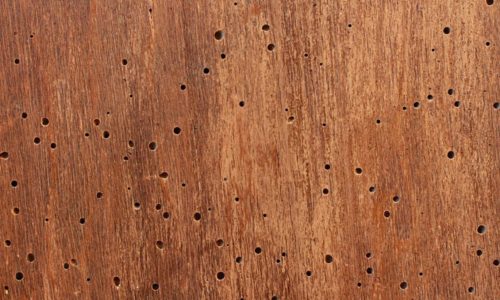What is Damp?
Damp comes in three forms: rising dampness, penetrating dampness, and condensation. We help with many other defects like dry rot, wet rot, black mould, woodworm, restoration and conversion and waterproofing. Damp starts in ground water, rain water and moisture within the atmosphere and affects the majority of properties to some degree or another within Ireland.
Building Damp is a defect that becomes visible when damp proof courses are non-existent or break, rainwater goods, brickwork and flashing are in need of repair or relative humidity is high within a building.
A Building absorb moisture. Roof timbers can on average maintain up to 12-16% water content, which generally is fine and not susceptible to fungal attack until its moisture content rises above 21%. This increase is generally caused by leaks, condensation or damp masonry in Buildings.
Old buildings may have solid walls, no damp proof courses and no felt under tiles or slates. Driving Rain can therefore penetrate the building and rising damp can also enter into the building.
Rising Damp can cause Unsightly damp patches. – Flaking plasterwork. – Damage to timbers / floor joists. – Mould growth. – Wet Rot Development. – Dry Rot Development.
How to solve damp
Damp i.e dry rot, wet rot, black mould, woodworm and waterproofing are treated in a variety of different methods. There are many products and techniques available to treat damp.
Rising dampness in Buildings can be solved by chemical injection and re-plastering to the correct it. Penetrating dampness in Buildings can be solved by re-pointing the brickwork, repairing faulty guttering and coating walls. Many condensation problems can be solved by increasing ventilation.


